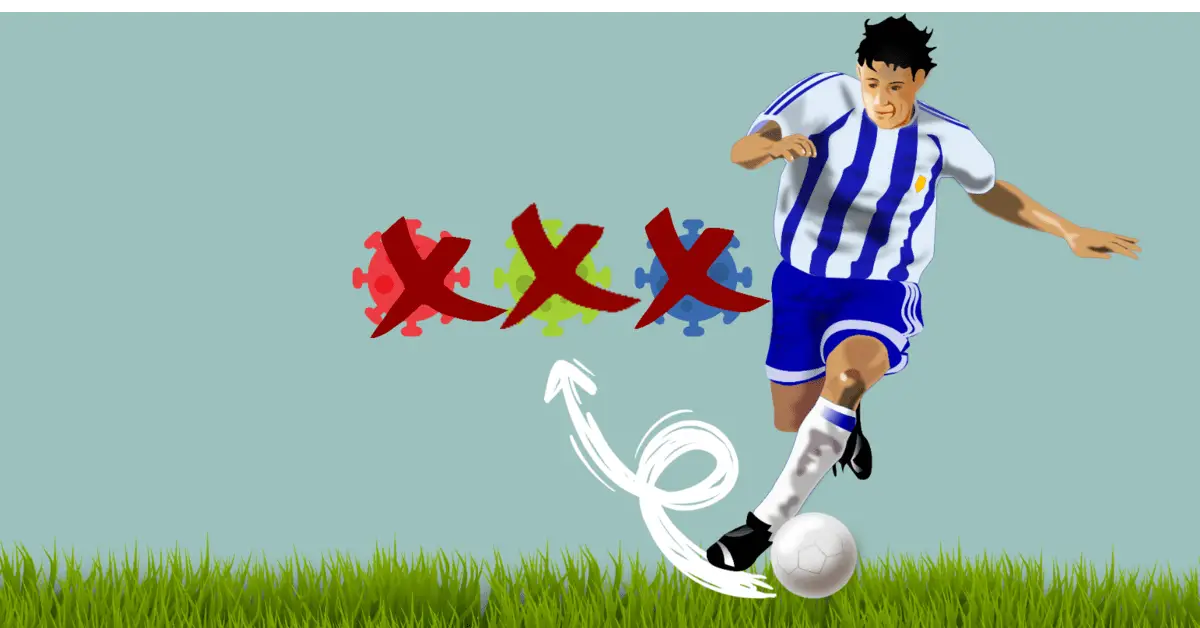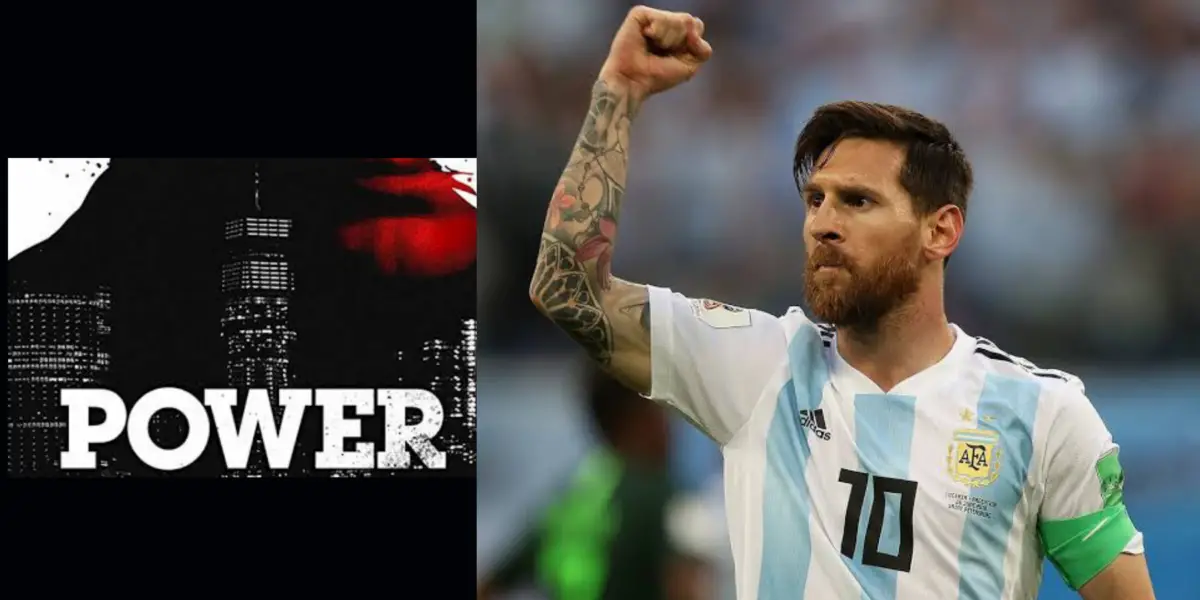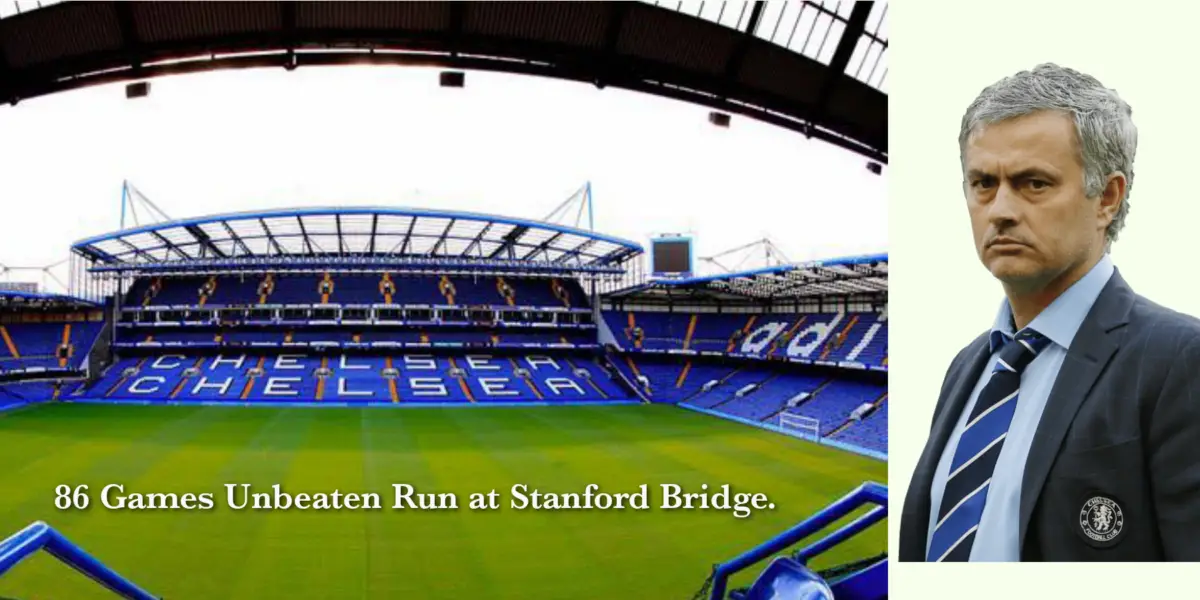As football fans, we all love the idea of a young player coming through our favourite club’s academy and playing for the first team. Someone who knows the club through and through. However, in modern-day football, we are starting to see clubs regularly overusing these young players who should be developing. Big examples are Jude Bellingham and Lamine Yamal at Real Madrid and Barcelona respectively. You might think, “Well, they are performing, so what is the problem?” Well, we are here to educate you on the dangers of overusing young players.
Read Also: Is Madrid Move Good For Bellingham?
3 Major Dangers of Overusing Young Players
1. Physiological Knockdown
First, you have to consider the physical conditions of a young player around the age of Lamine Yamal for example. He is a 17-year-old competing having to compete week-in-week-out with seasoned professionals.
His body is not fully primed for that level of competition yet, which is why footballers of his age are typically in academies still developing themselves.
If he continues like playing this number of games for the next 12 months, you can almost say with certainty that he is going to start experiencing injuries that are associated with overuse.
Now you can argue that older players get those sorts of injuries too. But what you would not be factoring in is the fact that those older players would recover better meanwhile Lamine and other young players being overused would struggle to recover from injuries like that.
We can see examples of this in his Barcelona teammates Ansu Fati, Pedri, and Gavi.
Although Gavi has had one serious injury so far and we are yet to see what his recovery will look like, Pedri and Ansu Fati are already victims of recurring injuries in their short career so far.
Particularly Ansu Fati who is a player that is dependent on his burst of pace to go past players and be effective. These days he plays so cautiously to avoid another injury to his knee and that is the sad reality he has to live with. He has to play football like a 34-year-old footballer when he is just 21.
Another example would be Bojan Krkic who has played over 5000 minutes at the age of 20 for Barcelona as well. To put this into perspective, Messi and Ronaldo had barely played 4000 minutes at that age.
But injuries are not the only things footballers who play a lot at a very young age should be afraid of.
2. Shortened Career
Another reason why overusing young players is dangerous is because of the potential for shortened careers.
Footballers and sports people in general have a shelf-life. Which is typically around 12 years, but can be longer or shorter. Do not let guys like Cristiano Ronaldo, Thiago Silva, or Luca Modric fool you.
Footballers don’t play at the top level when they are 36 or 37. But they can do it until they are 33, sometimes 34, like Messi and some others. But this isn’t the case with footballers who become very competitive at very young ages.
There is a plethora of examples of this. From Wayne Rooney to Eden Hazard, and Neymar, and we can see bits of it with Raheem Sterling who has been in a decline for about 3 years.
This is because, they start so young and by the time they are approaching their early 30s, they have already exhausted their peak years. Rooney was already a key part of the Everton squad when he was 17, before moving to Manchester United and becoming a starter at 18.
Little wonder he faded way before any of his peers did. The same can be said of Eden Hazard who was nominated for the French League’s Player of the Year award at 19 after being an integral member of the Lille squad for the second year in a row.
So, if you want that talented youth player in your team to play well into his 30s, you have to be mindful of how much he is playing now that he is still a teenager.
Read Also: Pedri vs Bellingham Stats Comparison
3. Change of Mentality
Jude Bellingham seems to embody that mentality and never-say-die attitude we identify Cristiano Ronaldo with. And he’s doing this at 20. But have you stopped to think about how having a player that age affects a player mentally?
Players from 18 to about 22 should be allowed to make mistakes and find their identity in football. At that age, you know what type of player you are, and what position or role suits you, and you can even work harder to improve yourself in those roles.
But when the player at 20 is already having to carry a side competing for the league, that mental development is stunted.
In the heads of such players, are not allowed to make mistakes because they are going to be held to the same standards as senior players, which is not right. An example is Bukayo Saka and the like getting a lot of abuses for missing penalties in the Euro 2020 final for England.
Imagine how much damage he took from that experience. It would be very easy for Saka to become a play-it-safe type of player which would lead to him losing his creativity as a footballer.
Also, young players like these tend to not end up developing key skills because they feel they have arrived. One can say that is the case with players like Mason Mount and Kai Havertz.
They had so much on their shoulders at young ages and the relative success they encountered kind of erased the idea that they still had a lot to improve on. This is why Kai Havertz is the same player he was at Leverkusen as he is today.
Conclusion
Footballing bodies need to protect footballers in general there are clear dangers in overusing young players. With UEFA and FIFA constantly increasing the amount of games footballers have to play yearly, it puts footballers in general at risk.
But the younger footballers are more at risk and these footballing bodies should find a way to protect them. I would suggest putting a minute’s restriction on players aged 22 and under for top clubs.
Until then let us hope that for the sake of the future of football, these talented young players we have now do not fall victim to injuries as a lot of wonderkids have in the past.





